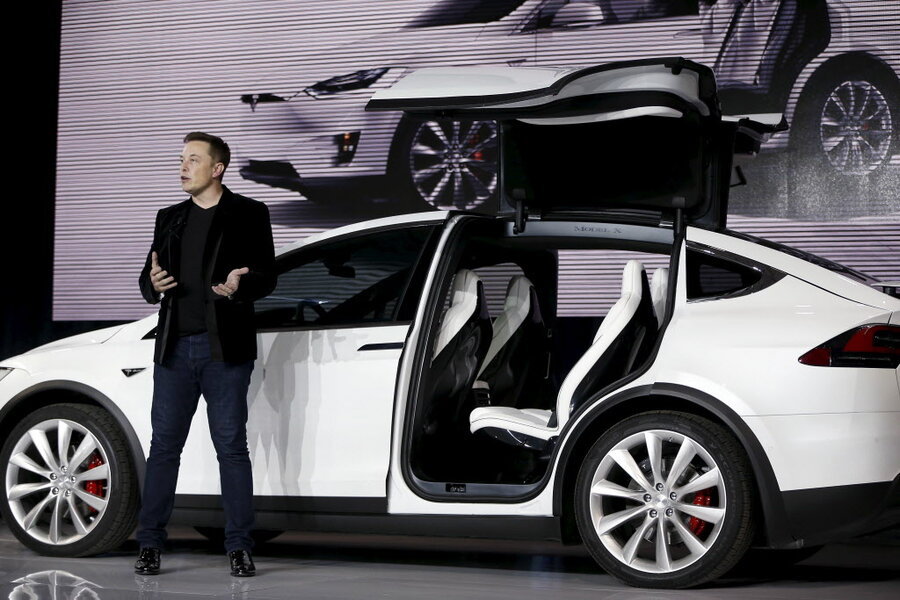'Summon' self-driving feature from Tesla is about to get a lot safer
Tesla is deploying software modifications for its "Summon" autonomous-driving feature in response to criticism from Consumer Reports.
After testing the system on its own Model S P85D, the magazine concluded the unmodified version of Summon constituted a minor, but "unnecessary" safety risk.
Summon allows a car to enter a garage or parking space and park, or pull out of a space and drive to its owner.
In the version of the system launched as part of Tesla's Version 7.1 software update, a human could activate Summon using either the key fob or a smartphone app.
But this setup could pose a safety risk in certain situations, Consumer Reports found after testing it at a staffer's house and on its test track.
Specifically, testers felt that an operator may not be able to stop the car quickly enough to avoid hitting an obstacle.
They were concerned that a car might keep moving if the key fob was dropped, or if the smartphone app was accidentally closed.
The system itself is supposed to stop a car if it encounters an obstacle that requires a significant increase in torque to overcome, such as a curb.
But Consumer Reports found that this safety feature isn't ironclad.
In tests, the Model S failed to stop before hitting objects like a duffel bag and bicycle--the kind of flotsam Consumer Reports notes might be found in an owner's driveway or garage.
The car also damaged one of its wheels against a curb in a staffer's garage.
A warning that appears when Summon is activated says the system may not detect objects that are very narrow, or are placed very low or very high.
Consumer Reports noted that the slow speeds involved in these incidents made the danger relatively small, but staffers were still adamant that it was avoidable.
The magazine said Tesla should implement a "dead man's switch" that automatically stops a car when the operator takes his or hand off a key fob or smartphone, and contacted Tesla with its concerns.
In response, the carmaker said its engineers had created a software fix that officials believe will address those concerns.
The updated software will only allow users to initiate Summon using the app--and they'll have to keep a finger pressed to the screen at all times.
And while users will no longer be able to activate Summon using a key fob, they will be able to stop a self-driving car by tapping it.
"Consumer Reports surfaced valid concerns that we've already built fixes for, continuing to make Summon and our vehicles better," a Tesla statement said.
Like the "Autopilot" feature for highway driving, Tesla continues Summon to still be in the beta-testing stage.
It has previously stated that it will continue to improve both systems, which it views as stepping stones to fully-autonomous cars.
This article first appeared at GreenCarReports.






